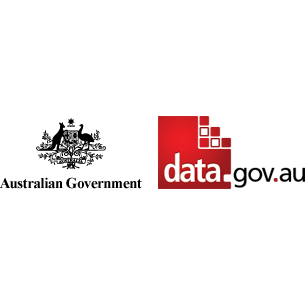Brief description
## **Abstract**The dataset was derived by the Bioregional Assessment Programme from multiple source datasets. The source datasets are identified in the Lineage field in this metadata statement. The processes undertaken to produce this derived dataset are described in the History field in this metadata statement.
This polygon shapefile shows the extent of the Bungawalbin member (Orara Formation). It has been created from a preliminary datasets provided by the NSW Geological Survey (not released as of August 2014). The original shapefile consisted of multiple polygons that have been separated for example where alluvia overlie this bedrock unit. The boundaries have been dissolved using GoCAD™ (Paradigm Geophysical Pty Ltd) 3D geological modelling software to also include the extent of this unit where it is not present at the surface. The final shapefile represents the extent of the unit at the surface and in the subsurface.
This dataset was created by the Bioregional Assessment Program in the understanding that the preliminary work done by NSW Geological Survey may change but was the best available source data at the time. NSW Geological Survey bear no responsibility for any errors in this dataset.
## **Dataset History**
This shapefile shows the extent of the Bungawalbin Member (part of the Orara Formation) in the CLM bioregion. It is modified from a preliminary datasets provided by the NSW Geological Survey (not released as of August 2014).
In some areas, the exact extent of the Bungawalbin Member is not well constrained, as this bedrock unit is covered by younger rocks (e.g. volcanic rocks) or alluvium. Where this is the case, the original maps which only show the presence of the Bungawalbin Member at the surface have been combined with geological expert knowledge and manual interpolation (digitizing) using GoCAD™ (Paradigm Geophysical Pty Ltd) 3D geological modelling software to also include the extent of this unit where it is not present at the surface. The final shapefile has been created from all sources and expert knowledge in GoCAD.
## **Dataset Citation**
Bioregional Assessment Programme (2014) CLM - Orara-Bungawalbin bedrock. Bioregional Assessment Derived Dataset. Viewed 28 September 2017, http://data.bioregionalassessments.gov.au/dataset/c5f52b4d-5a3e-4772-97f9-171b875e32dc.
## **Dataset Ancestors**
* **Derived From** [NSW Geological Survey - geological units DRAFT line work.](https://data.gov.au/data/dataset/8fd05241-5f8c-4a02-9c16-9da9bc6b33c8)
Spatial Coverage And Location
text: POLYGON ((0 0, 0 0, 0 0, 0 0))
Subjects
User Contributed Tags
Login to tag this record with meaningful keywords to make it easier to discover
Identifiers
- Local : c5f52b4d-5a3e-4772-97f9-171b875e32dc
- URI : data.gov.au/data/dataset/05b14101-553a-4f26-9b02-33488fe2e54f



